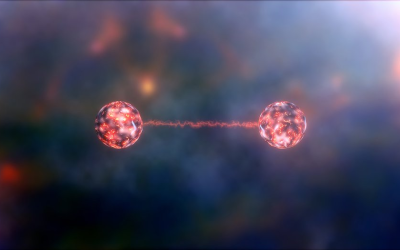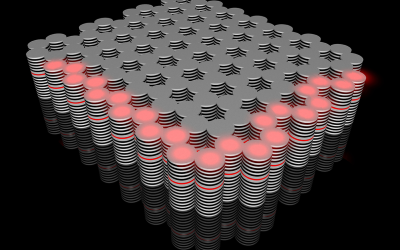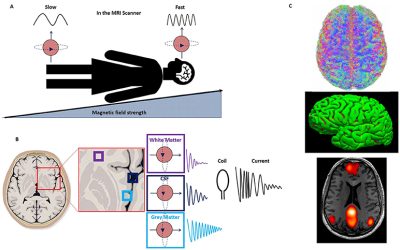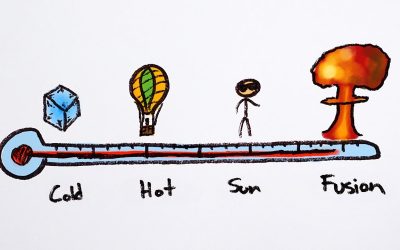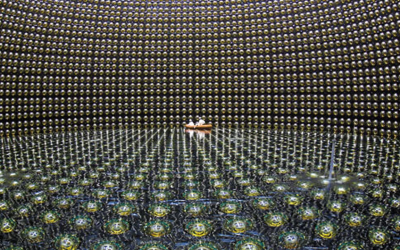
Unlocking the Secrets of Neutrinos: The Sun’s Invisible Messengers and What They Reveal About the Cosmos
Neutrinos are among the most mysterious elementary particles known to science — almost massless, lacking electric charge, and interacting only via the weak nuclear force and gravity. Emerging from nuclear reactions in stars (including our Sun), supernovae, and even radioactive decay, neutrinos stream through space — and through us — by the trillions every second,…



